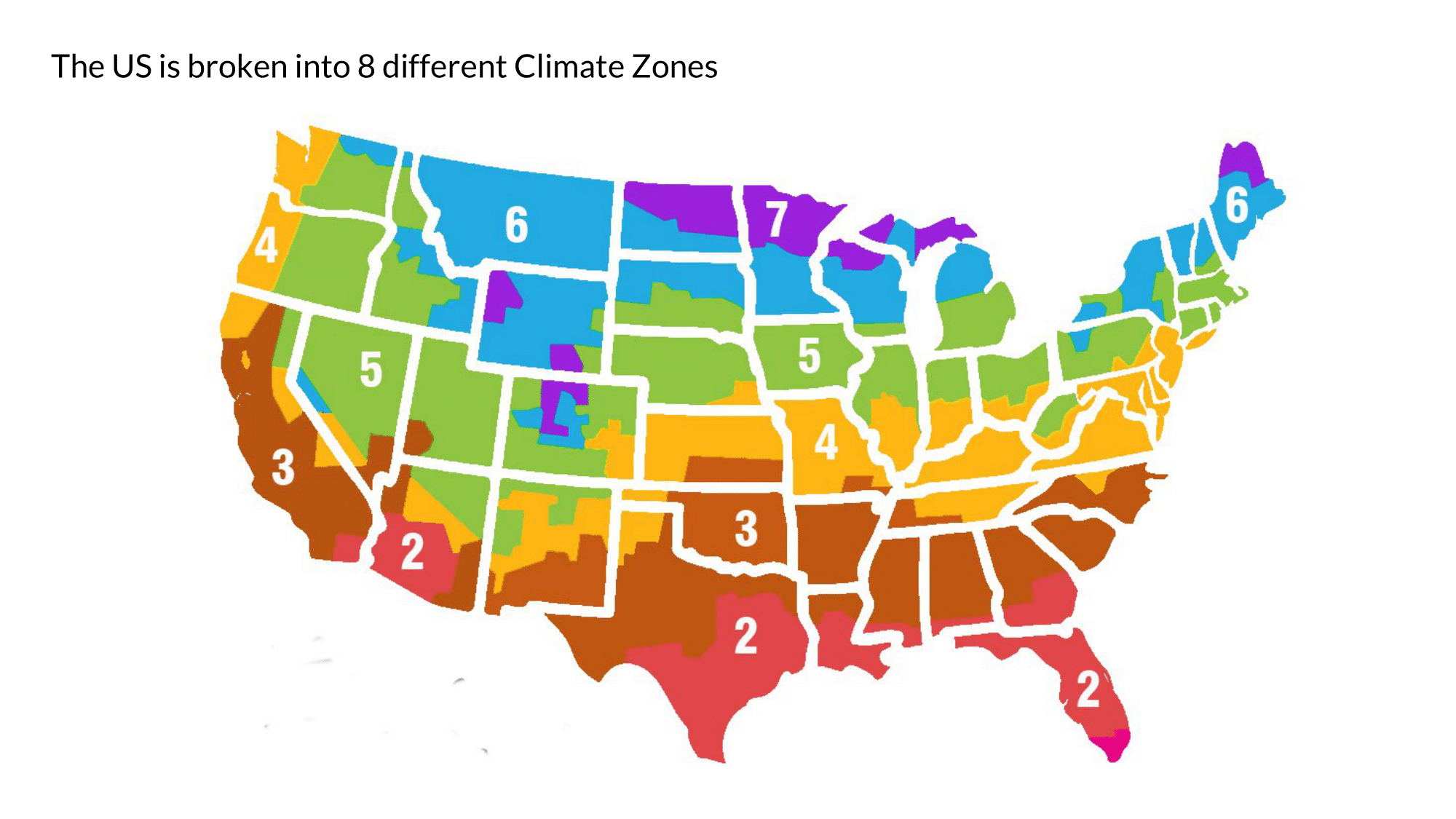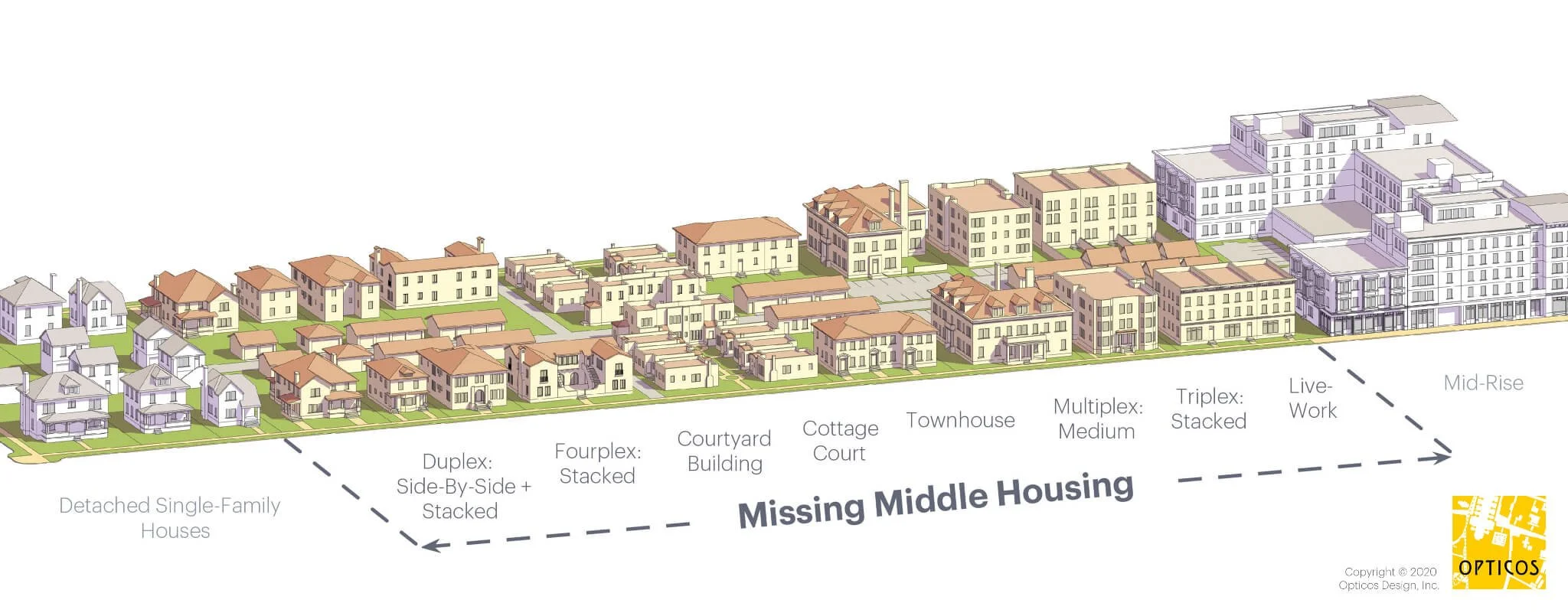cove.tool Study
The MicroLife Institute has been incredibly fortunate to forge strong relationships and friendships with various institutions across the nation. One of our most valued partners is cove.tool, a company dedicated to fighting climate change by enabling smarter decision-making and fostering the development of solutions that not only meet but exceed sustainability goals. Their support from the very beginning has been instrumental in refining our conversations and clearly articulating the benefits of higher density and smaller footprints in housing.
We asked cove.tool to educate us on why better density helps reduce carbon footprints and to conduct an energy modeling study comparing two home sizes in different weather regions across the United States.
Low-density development, characterized by individual houses on larger lots, results in greater per person land consumption. According to Schaffner and Waxman, single-family detached homes are the least energy-efficient form of housing, both in total energy usage and on a per capita basis. Zoning ordinances promoting this type of development directly incentivize higher building energy consumption and carbon emissions.
Shifting towards higher-density communities requires changes to land-use regulations. One solution is transforming single-family neighborhoods into missing middle housing neighborhoods, integrating duplexes, triplexes, and fourplexes, or subdividing lands into two or more residential lots. This approach reduces land per capita and lowers energy consumption.
[Image courtesy of missingmiddlehousing.com]
Now, let’s dive into the house size comparison. Through their energy modeling, cove.tool provided invaluable insights into the efficiency of different home sizes. Imagine a 750 square-foot stick-built home compared to a 2,500 square-foot stick-built home. Neither of these homes has any special certifications or custom-built features; they are constructed with standard, everyday materials.
To thoroughly analyze these homes, cove.tool examined their performance across eight different climate regions in the United States, assessing the carbon emissions during the construction process as well as the energy output for utilities and electricity.
So, what did they conclude? Smaller footprints lead to smaller bills—in construction, maintenance, and daily utilities. This doesn’t mean all homes need to be 750 square feet, but it highlights the value of designing smaller footprints to help everyday Americans save money on home prices and everyday expenses. A smaller footprint house offers greater sustainability both in its construction and daily operating costs. By promoting the idea of smaller homes, even in our single-family suburbs, we can help homebuyers save money on heating and cooling less space.
As we reflect on these insights, consider how they might apply to your own life. How can you incorporate the principles of higher density and smaller footprints into your daily decisions? Whether it's advocating for smarter zoning laws in your community, choosing to live in a more sustainable home, or simply being mindful of your energy consumption, each small action contributes to a larger impact. Challenge yourself to think about the space you occupy and how it affects your carbon footprint. Together, we can move towards a more sustainable future, one mindful choice at a time.



